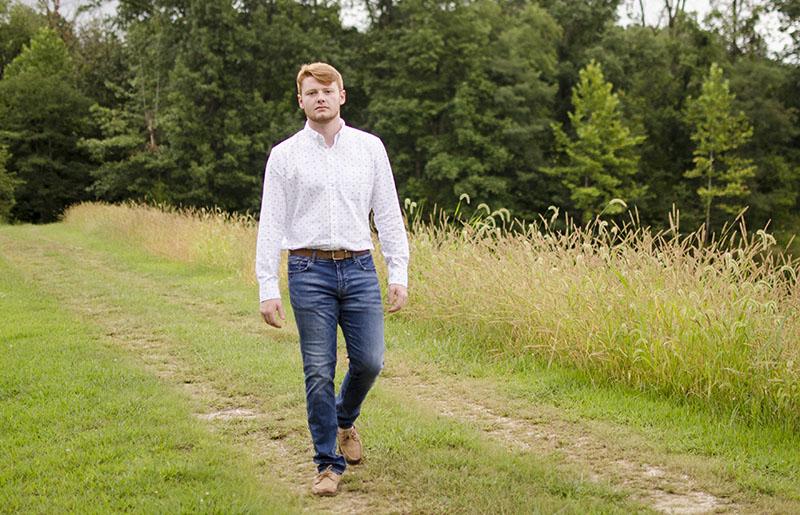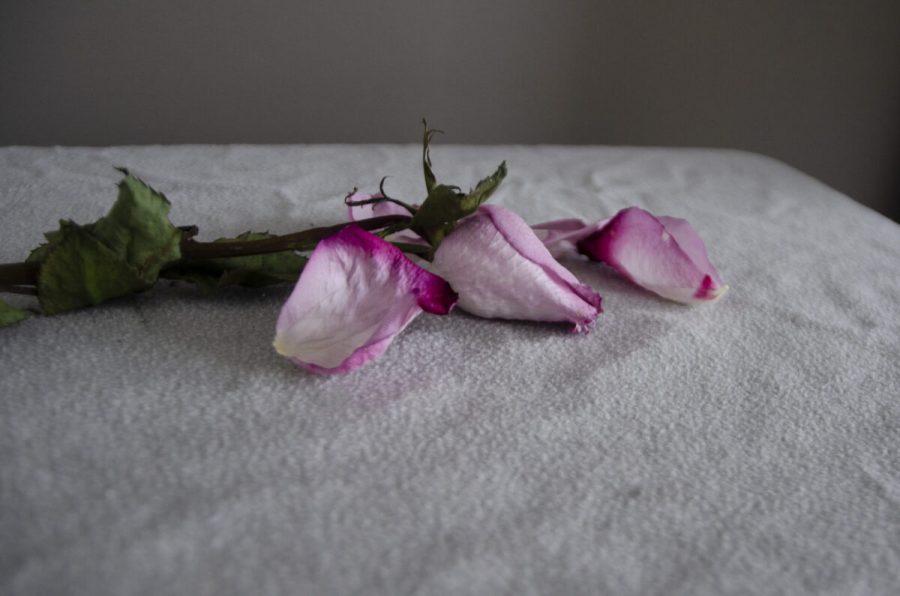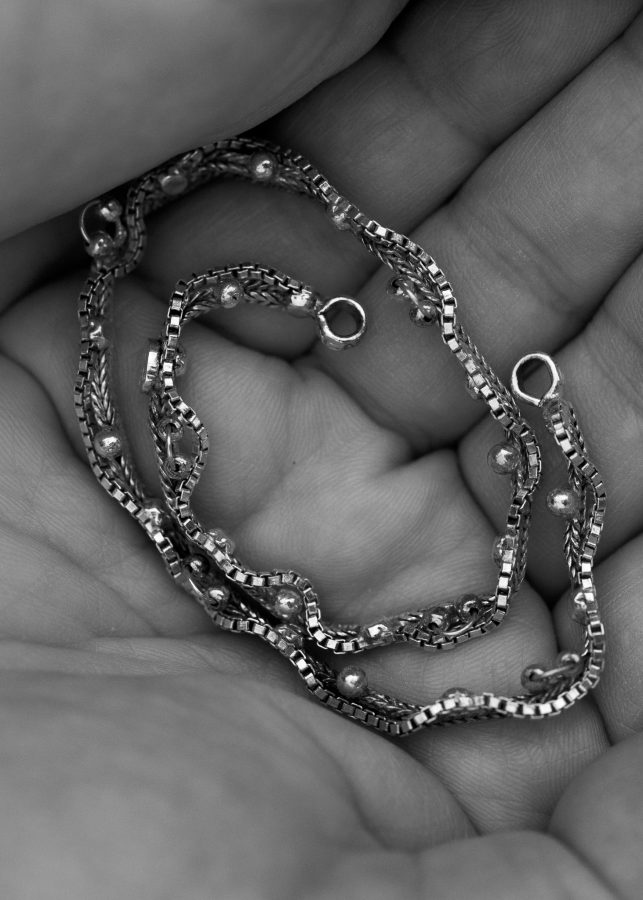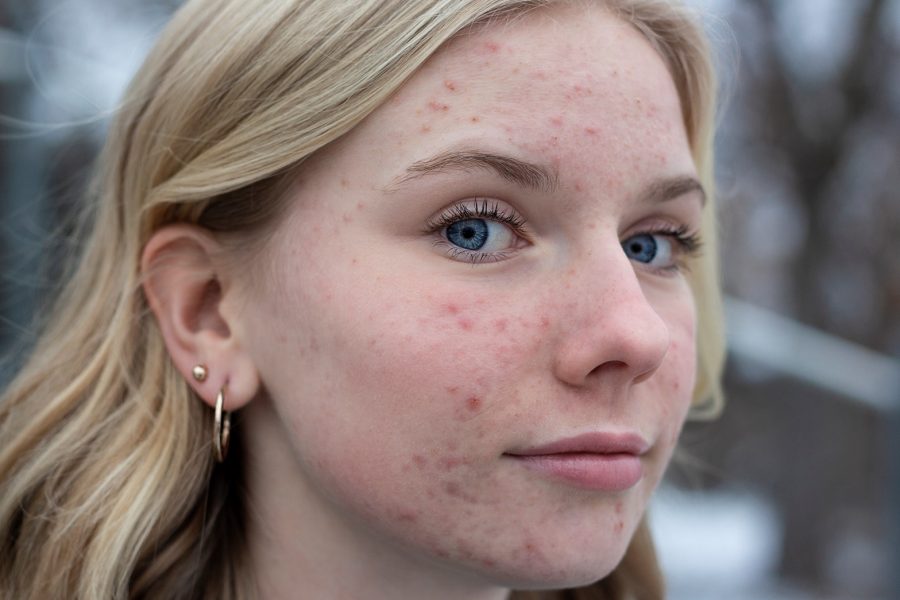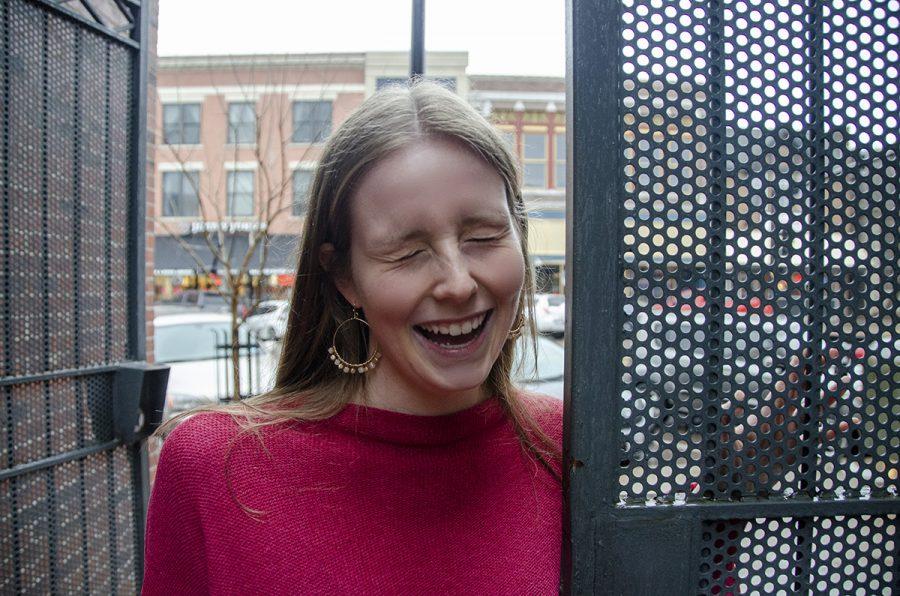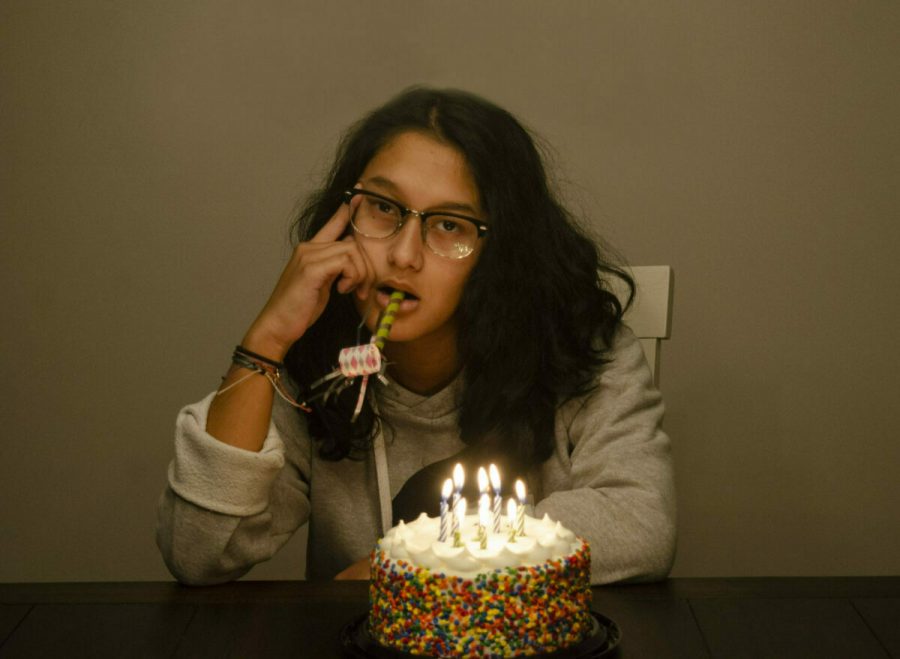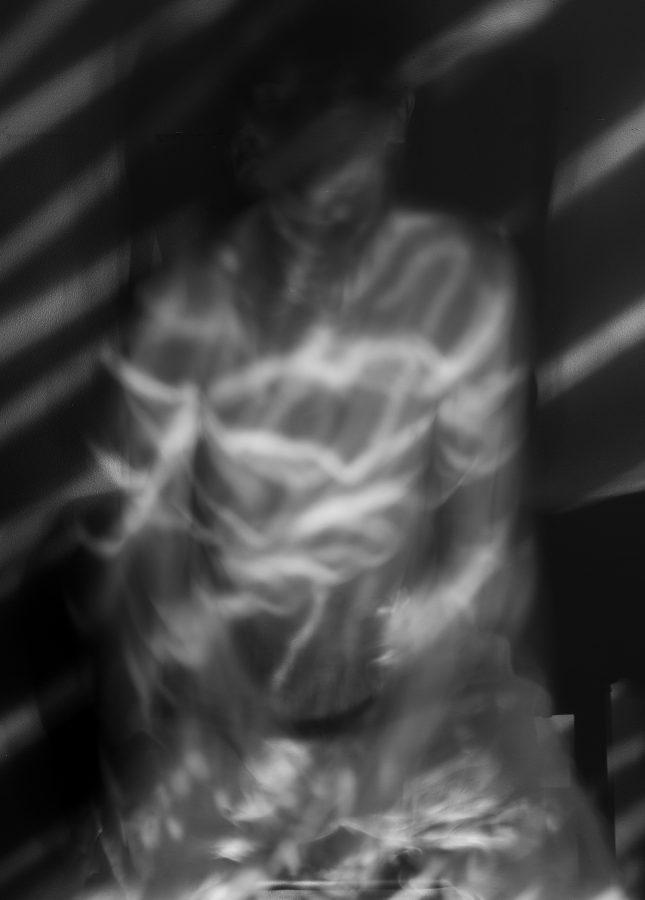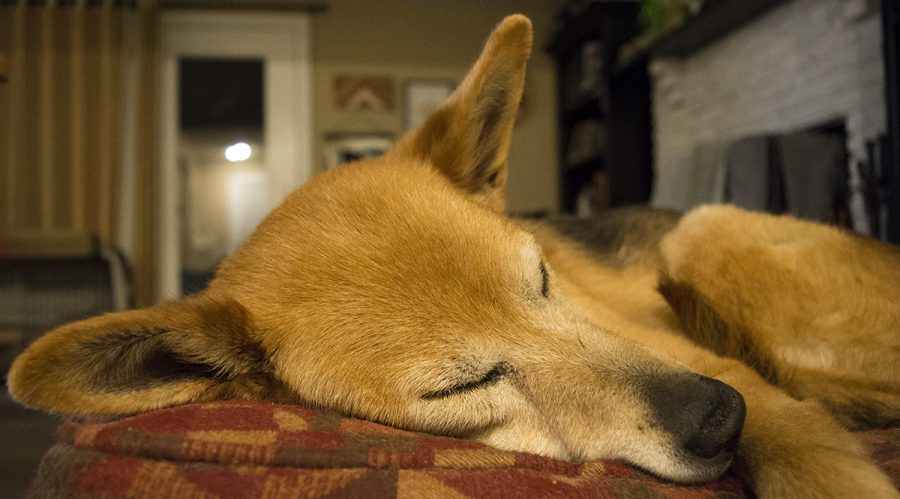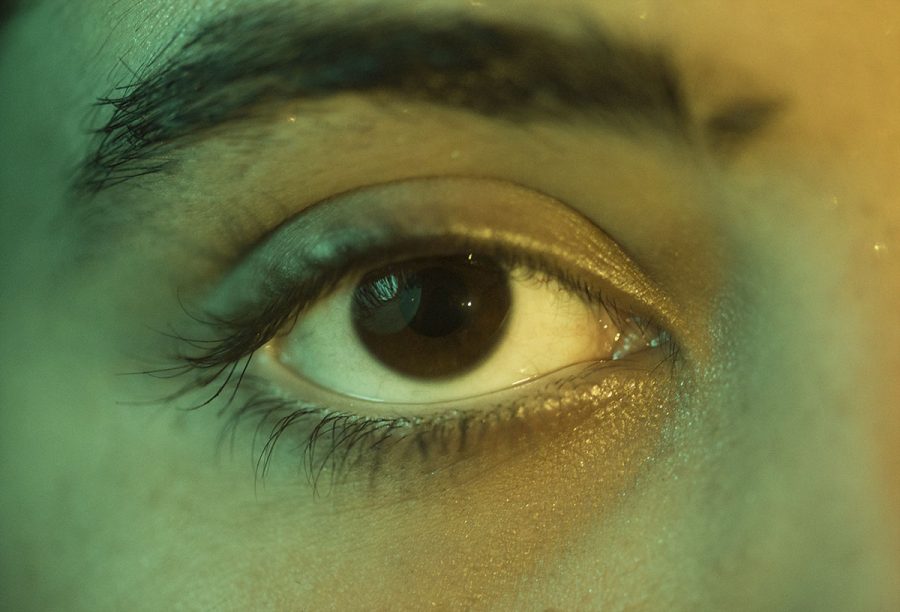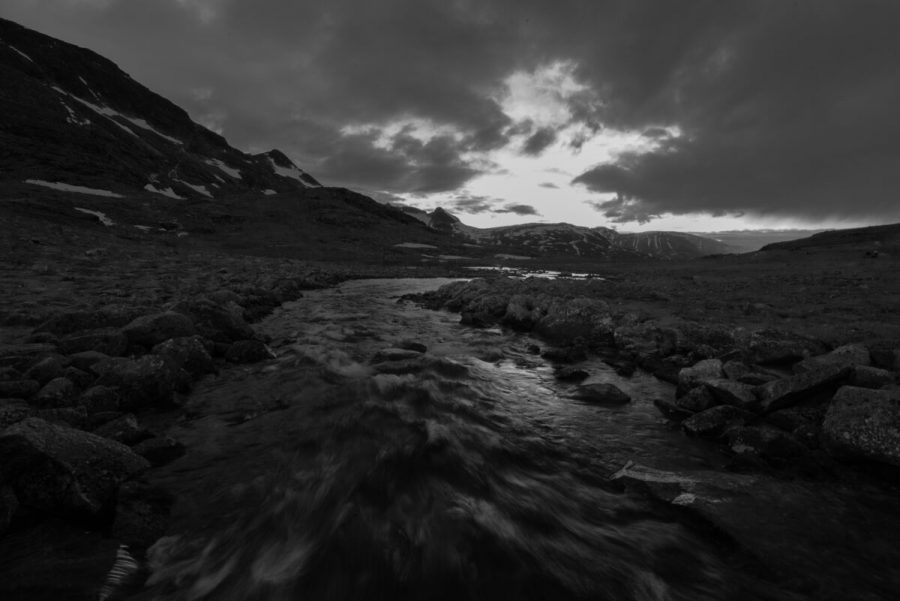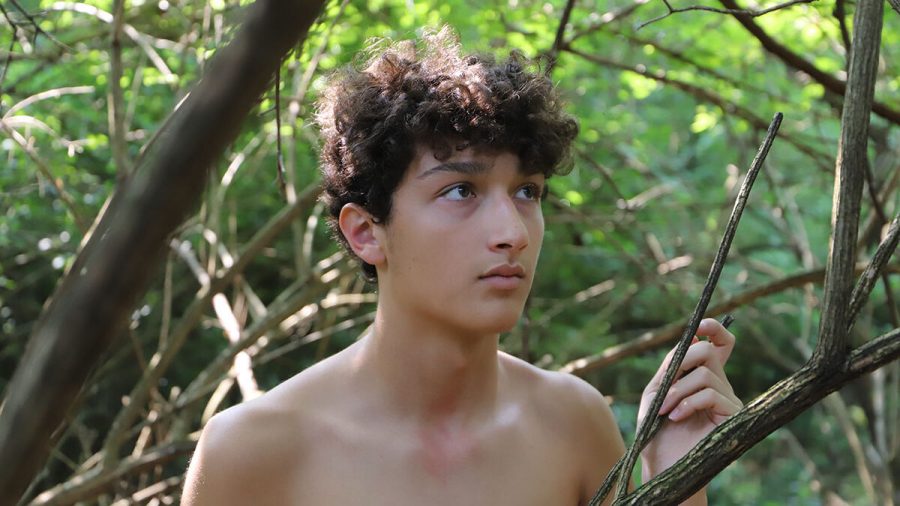“Get the one where I am laughing.”
“I can’t be looking at the camera; it’s supposed to be candid.”
“Let’s fake smile and look at each other.”
These are the comments every time I dare offer to take a photo for my friend’s Instagram. Each statement fights for the same goal, looking natural.
Candids have now become the only option for an Instagram post as they offer a way for someone to look good while seeming to give little effort. This makes the daily struggle finding a way to act natural in front of a camera. That being said, I have explored ways to make sure everyone can capture that Insta-worthy photo.
I had finally decided what I was going to do for my photo for the theme, Natural, instead of looking toward nature for the answer I was going to look at human nature. I knew I had senior photos with a friend scheduled within the next few days, a perfect opportunity to take the photo I was looking for. It had been My plan was to understand how someone acted when his or her photographer was a person he or she knew.
The relationship between a photographer and subject can be a problem when people take senior photos, as he or she often looks awkward or uncomfortable when he or she is unfamiliar with the person behind the camera. I had previously taken senior photos for someone six months prior who I was not well acquainted with, and the posing had been more difficult than I originally anticipated. I had been unsure of what the person preferred in their everyday life and therefore had no clue whether they were comfortable posing in assertive or softer style. When the opportunity to see the difference in vulnerability that comes with familiarity presented itself, I readily accepted.
So, with the opportunity to see the difference that comes with familiarity, I decided it was a set plan. As the shoot began, I did a couple head shots to adjust my settings. I pulled down the ISO to get a clear shot of the subjects face and brought down my shutter speed to compensate with the direct sunlight that was present on that day. I started a conversation. I had him talk about what he had been doing lately, asking questions such as how is work, school and friends.
I have found that people are more willing to talk when the conversation is something they relate to, and what’s better than relating to yourself. Since I was shooting with a friend of mine, Tony Jones, this was no difficulty, and his body posture changed immediately. It was as if he no longer heard or saw the camera that was clicking away in front of him. His shoulders relaxed, his smile looked more natural as it was now a genuine smile and his positioning of his arms became less rigid. He still smiled at me, and I would occasionally stop to add a pose or make a quick tweak in his positioning. The shoot moved quickly and efficiently as I found I didn’t need to make as many adjustments with posing with my friend as I had when I was posing someone I didn’t know.
I also wanted to explore the ways people naturally position themselves in that photo shoot. For non-experienced models, it is hard to know what positions their body looks best in, and it can be difficult to look at ease when posing in front of a camera. This is why I almost always have the person I am taking photos of walk toward me. It forces the person to stop thinking about his or her body position and relax, typically resulting in a more interesting and natural photo than ones where I posed the subject.
I first learned of this trick about two years ago when I was preparing to take senior photos for the first time. I spent the night before planning poses and looking up ways to make my model comfortable, when I found a video that gave me the concept. I had also previously worked as an assistant for a professional photographer, and she had also used it in her shoots which is where I originally discovered this method. When I was working for the photographer, I never found myself behind the camera, but I was in charge of lighting. We almost always worked outdoors so I mainly held a reflector and tried to help balance the lighting. Over the summers where I did this, the photographer, Rhiannon Trask, had a vast majority of her subjects move a ways away from her and walk towards her. After seeing the outcome of the many photos that she took, I decided it was a technique I wanted to use. So, I began using it soon after, and ever since it has been one of my go-tos when doing any style of photoshoot.
Being friends with the model and having a person do an action that is natural to him or her, allows for my subject to seem experienced when I take their photos even though they’re not. Which simply comes from allowing the person to relax into a natural state. While the photo above may not seem like the most automatic visual connection to the idea of nature, the story behind the photo has a lot to say.
What is a time you have struggled to remain real? Let us know in the comments below.












































































